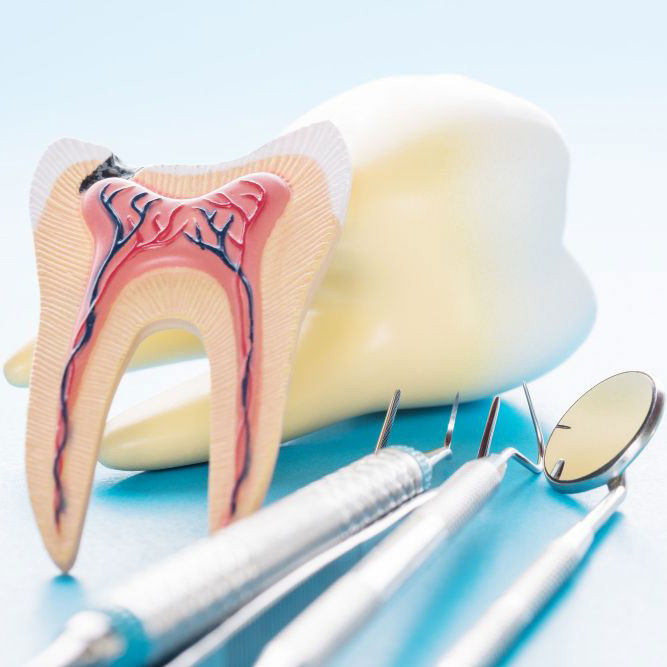
What is pulpectomy?
Our teeth consist of three layers, namely, enamel, dentine and pulp. The enamel is the hard and calcified upper protective layer of the tooth. Dentine is the less calcified second layer, and then comes the inner core of the tooth, the pulp. The pulp consists of various blood vessels, nerves and connective tissue and maintains the vitality of the tooth.
When a tooth gets infected, and the dental decay progresses to involve the pulp, it leads to intense pain. Therefore, removing the pulp becomes necessary to save the tooth while eliminating the infection and its symptoms when such a situation arises.
As the name suggests, pulpectomy is the removal of the tooth’s pulp. A pulpectomy is a pulp removal procedure done in children with baby teeth or milk teeth (primary dentition).
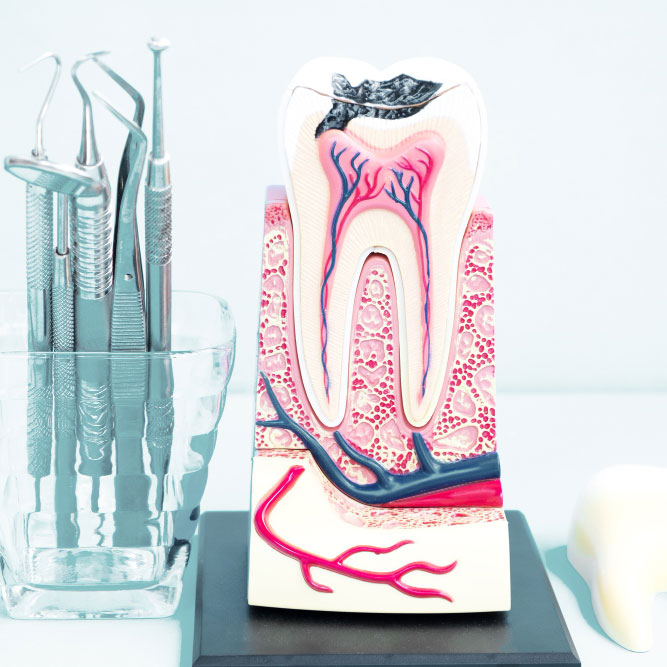
Pulpectomy vs Root canal treatment
One of the most common questions asked to our dentist is the difference between a standard root canal treatment and a pulpectomy.
A pulpectomy is the removal of the dental pulp from the crown and roots of teeth and replacing it with a material that the body can easily absorb. This procedure is usually performed on baby teeth. Baby teeth undergo the process of resorption and eventually falls out to be replaced by permanent adult teeth. Therefore, an absorbable material, generally calcium hydroxide or zinc oxide eugenol, is used to fill the baby teeth’s roots.
A root canal procedure also involves removing the pulp from the crown and root of permanent adult teeth. After removing the pulp, the root canals are shaped and filled with permanent filling material like gutta-percha. The tooth undergoing root canal treatment often receives a dental crown to maintain its function and integrity. A root canal procedure is done in adults where the tooth has to be retained for longer.
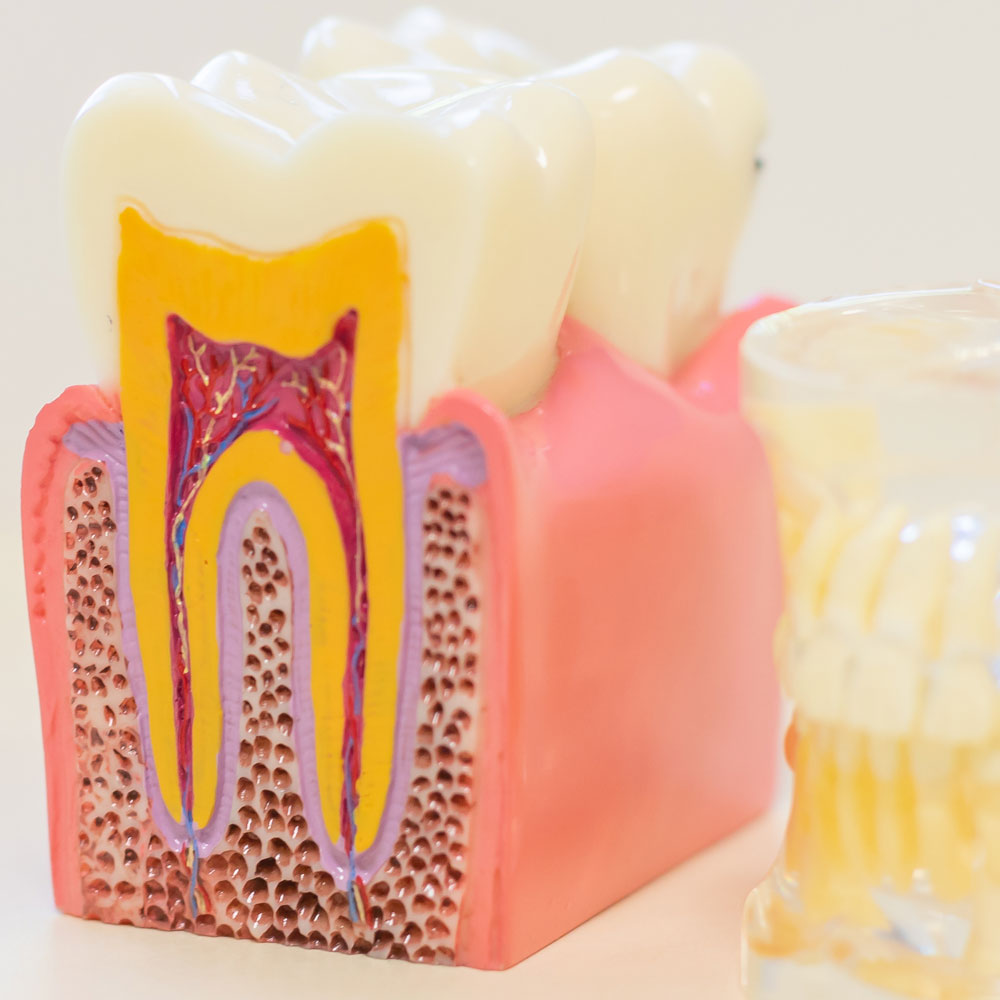
Pulpectomy vs Pulpotomy
In a pulpectomy, our dentists remove the pulp entirely from the crown and the tooth’s roots. Whereas, in pulpotomy, our dentist will carry out a partial pulp removal from the crown portion of the teeth. Pulpotomy is widely done in baby teeth that are still alive and where the infection has not spread to the pulp in the roots. Then, the tooth’s crown is filled and allowed to heal.
Pulpotomy is a way of saving tooth vitality while ensuring infection is removed and the child’s tooth is pain-free. Baby teeth contribute to proper jawbone development and guide the permanent teeth to erupt in their position. Therefore, it becomes crucial to retain baby teeth by carrying out such teeth saving procedures.

When is pulpectomy required?
Our dentist will suggest a pulpectomy to save a baby tooth that has been severely damaged by dental caries or has suffered trauma. Trauma and infections of the baby teeth cause intense pain to the baby and make them agitated. In addition, they may not even be able to communicate what is happening with them. Therefore, a careful watch over the baby’s oral health and seeking immediate dental care when needed is crucial to ensure that your little angel is happy and healthy.
Premature loss of baby teeth can lead to impaired speech, compromise chewing, and affect the alignment and eruption of permanent teeth. In addition, infections of the baby teeth can also reach the developing permanent teeth inside the jawbone and can infect them before they even come out. Therefore, it is of utmost importance that infected baby teeth are treated promptly to retain them.
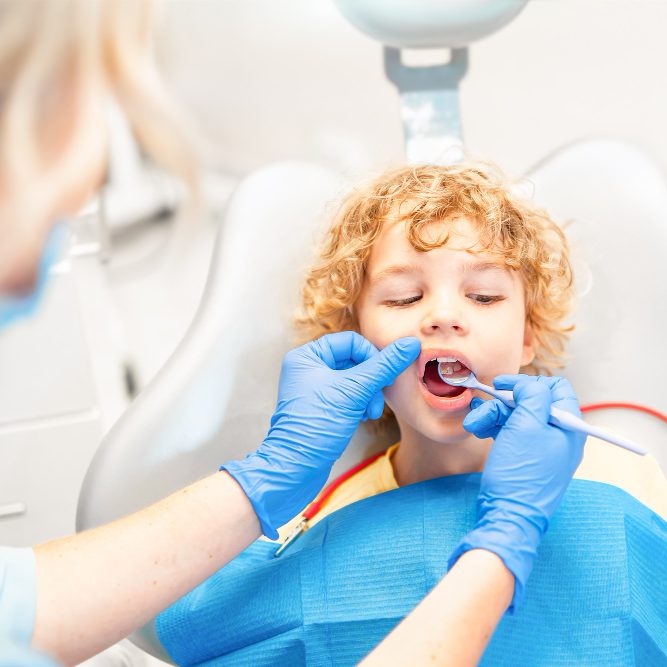
What to expect during and after a pulpectomy?
A pulpectomy is done under local anaesthesia, so there is no pain felt during the procedure. Our dentist may also use conscious sedation for patients afraid of dental procedures to ensure that they are calm and comfortable during the process.
Once adequate anaesthesia is achieved, our dentist will remove the infected pulp and replace it with an absorbable root filling material. Pulpectomy can be done in single or multiple visits, depending on individual cases.
Once the procedure is finished, your child can go back to normal activities immediately. Our dentist may also prescribe some antibiotics and pain medication for the first few days.
However, there may be some discolouration of the treated tooth. If your child is still experiencing pain after the initial 2-3 days of the procedure, please contact us at our dental clinic and schedule an urgent appointment.

Can pulpectomy be avoided?
If the baby tooth is already infected, pulpectomy cannot be avoided. It becomes necessary to treat the infection, relieve the pain and bring back the tooth’s functionality.
However, you can avoid this procedure by maintaining good oral hygiene. Ensure that your child is appropriately brushing their teeth; you can also assist them and teach them the right way. Brush their teeth twice a day, once when they wake up and once before bed. Teach them how to floss and the importance of flossing. You can even floss with them and make it a fun family activity.
Reducing sugar consumption to mealtimes and avoid sticky and hard candies also helps in preventing dental decay. Most importantly, schedule regular visits to our dental clinic to ensure good oral health and get prompt treatment for dental diseases to avoid future invasive procedures.
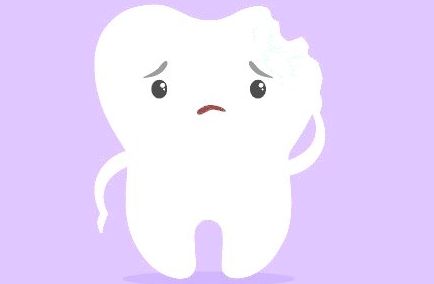
Pulpectomy or extraction?
Our dentist will always advise you to save a tooth rather than getting it removed. However, there may be cases where the tooth structure’s damage cannot be treated appropriately by pulpectomy. In such a situation, we have no option other than a tooth extraction. Our dentist may advise space maintainers after extraction to maintain the space until permanent teeth come out.
